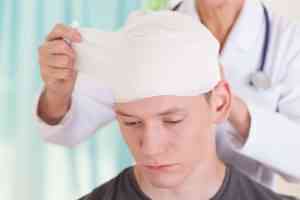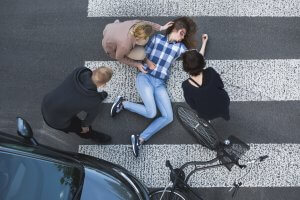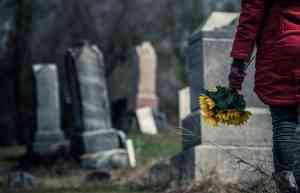
While participating in a school swimming lesson, a 15-year-old student slipped beneath the water and drowned. No one in the class noticed at first. It wasn’t until after the class had been released that the boy was found. Could the school be responsible for this accident? What makes schools responsible for the injuries and deaths of children under their care? Today, we will take a look at the California laws meant to hold our state’s educational institutions responsible for student safety.
Are Schools Responsible for Student Safety?
When it comes to accidents that happen at government agencies such as schools, these institutions are protected from liability. This protection is often provided by sovereign immunity, but there are certain exceptions to this law. The California Tort Claims Act (CTCA) says that in cases of gross negligence and appropriate insurance coverage, schools can be held responsible for accidents. It even exposes schools to liability for failing to carry out a duty imposed by the law. This means that the circumstances of an accident play a big part in whether a school will be held responsible.
In the incident above, a teacher was supervising the swimming lesson from a diving board when the boy lost his life. Video surveillance revealed that the teacher may have been distracted by his cellphone when the boy became distressed. The teacher later neglected taking roll, and he missed the boy’s clothes still sitting beside the pool. If a court finds that these actions were negligent, then the school could be held liable for the boy’s passing.
How Do I Determine if a School’s Actions Were Negligent?
When it comes to the injury or death of any member of your family, consulting an attorney is a sound strategy. An attorney’s experience and knowledge of the law may help families determine if they have a claim against a school or another institution. Our attorney, Steve Gnau, offers free consultations to families who need help after an accident. Call today at (951) 370-1111 for the help your family deserves.



